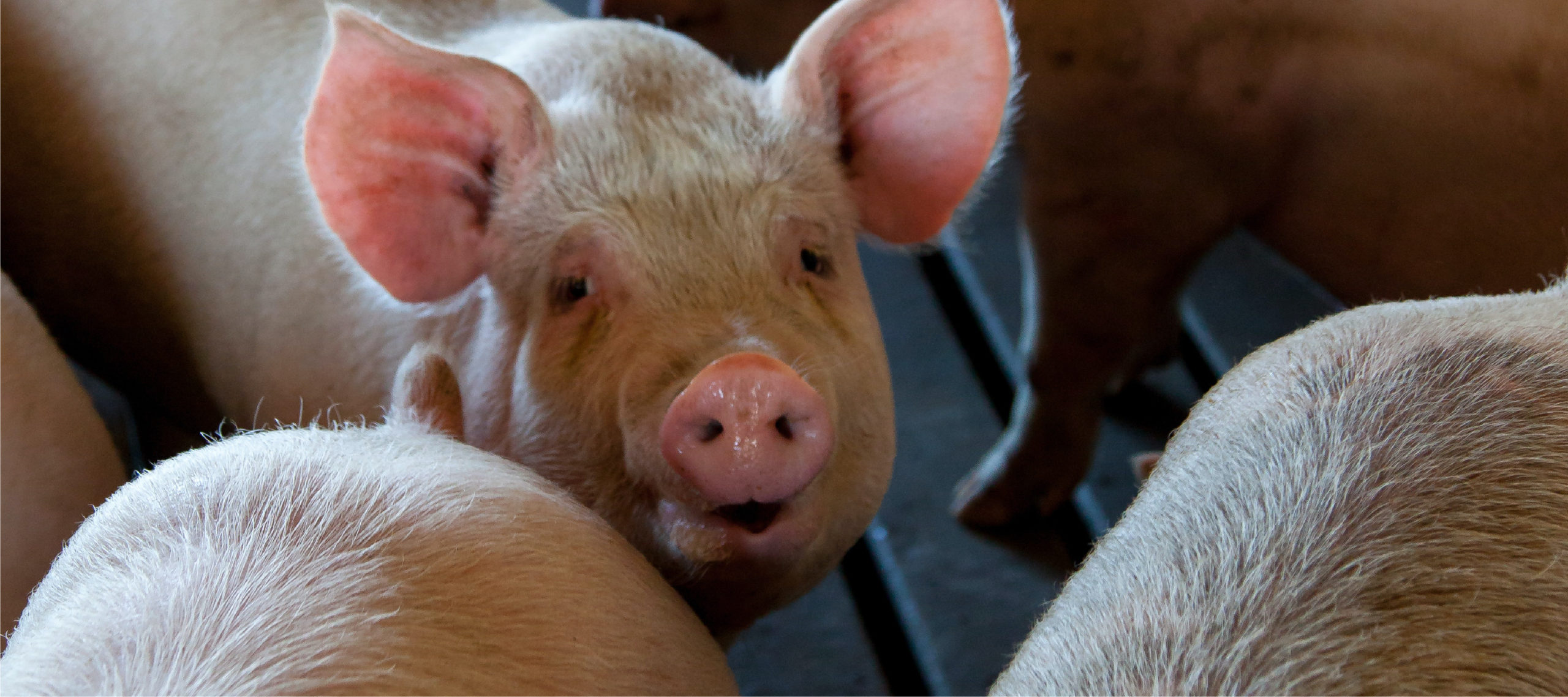Diseases passed to humans from animals (zoonoses) constitute 75% of emerging infectious diseases. Farmed animals are considered a high zoonotic risk, especially poultry and pigs as evidenced by recent outbreaks of avian and swine influenza. This review sought to collate recent knowledge of the disease risks from keeping pigs and chickens intensively and in close proximity to each other. Recent knowledge on influenza viruses compounds the public health concerns; no longer are concerns about “mixing vessel” hosts limited to pigs, but several other animal species too at a high level of probability—most notably chickens and humans. More generally, scientific literature establishing positive associations between intensive animal farming, human population growth, reduced biodiversity, and increased zoonoses risks is abundant. This includes the publication of relevant systematic reviews. The collected scientific evidence on this issue is clear: there is exceptionally strong evidence for a link between low animal welfare levels and high zoonotic risks, exacerbated by animal crowding, low genetic diversity, compromised hygiene, and high animal stress levels which compromise immune systems. Based on this evidence, further industrialized animal farms—especially poultry and pig farms or a mix thereof, and particularly in areas that already have a high concentration of farmed animals—should not generally be permitted to proceed. Instead, efforts should concentrate on supporting arable agriculture (or transitions toward this) and de-intensifying remaining animal farms, in alignment with One Health/One Welfare approaches within which animal health and welfare are integral parts of any farming operation. Among numerous other factors, this would involve reducing stocking densities down to 11 kg/m2 (around five chickens/m2) for meat chickens, and down to one pig/1.5 m2 for pigs (assuming a 100 kg pig).

